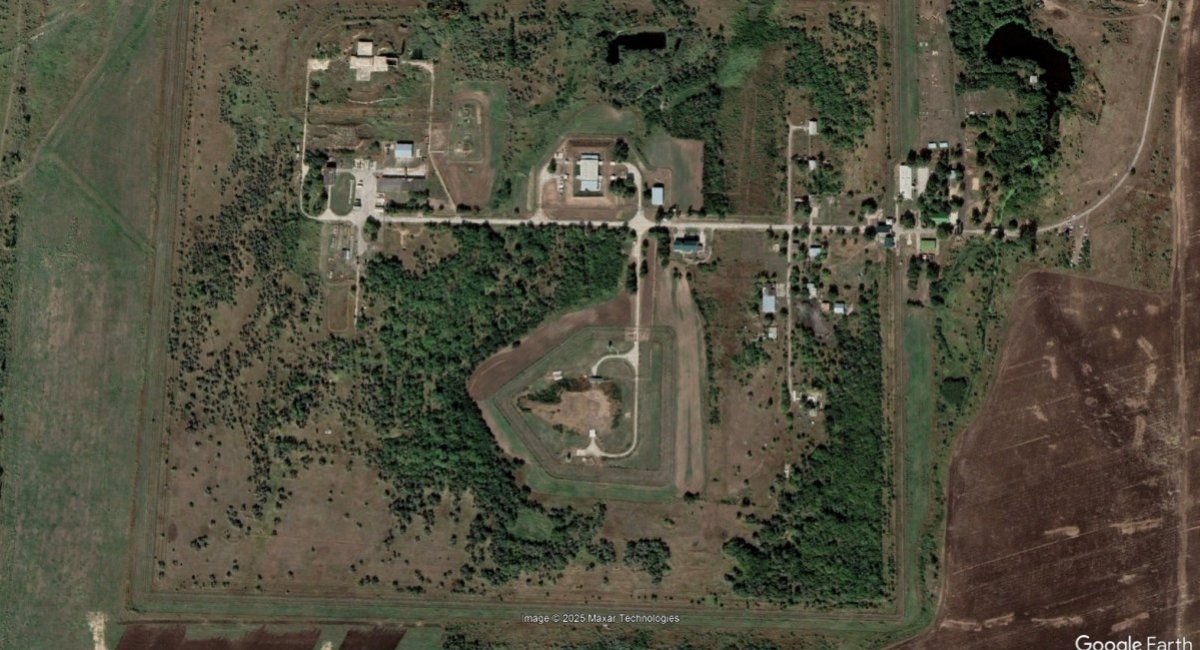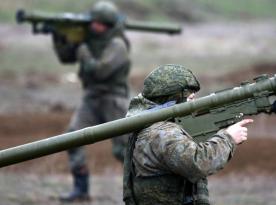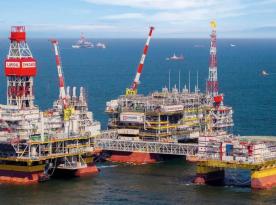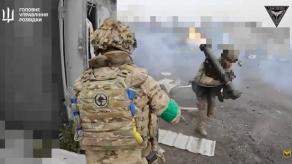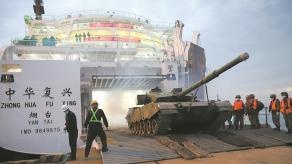The Engels Air Base is pivotal in enabling russian strategic aviation strikes on Ukraine with Kh-555 and Kh-101 air-launched cruise missiles. However, with how much emphasis has been on its conventional activities lately, one more important role this facility has traditionally occupied has been sometimes overshadowed: Engels is also the principal airfield of the russian nuclear deterrent forces. Accordingly, it has a storage for nuclear warheads for Kh-55 and Kh-102 missiles.
During the remarkably effective blow delivered March 20 by the Ukrainian Defense Forces, Ukraine's General Staff confirmed 96 cruise missiles were destroyed, yet nothing is said about the nuclear warheads. Based on publicly available data, Defense Express analyzed the possibility of any damage inflicted to these sensitive supplies.
Read more: The UK Defense Intelligence Analyzes Ukrainian Attack on russia’s Engels-2 Air Base
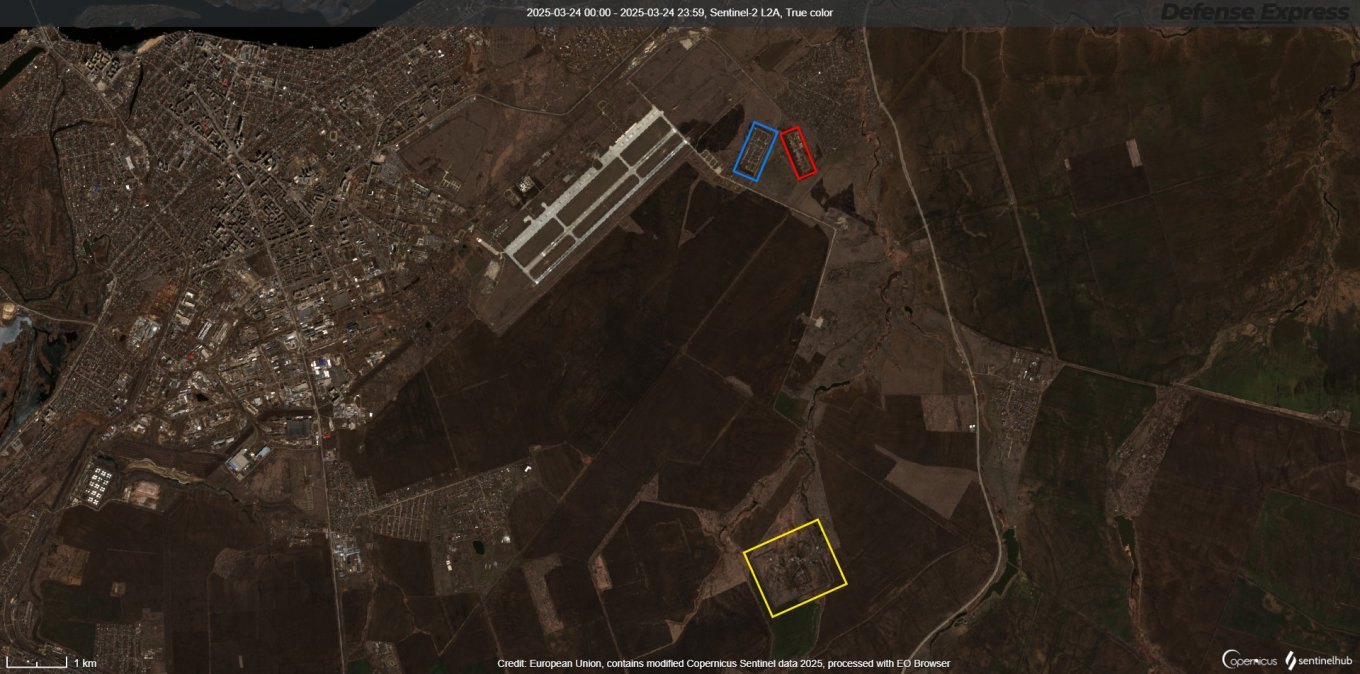
To start with, the image above presents a broad view on the Engels air base. Red marks the destroyed site where conventional aviation ammunition had been kept; blue is the cruise missiles' maintenance and preparation site; and yellow is the so-called Object S. The name refers to the russian designation for a number of bases for nuclear weapons storage. Besides simply keeping nuclear charges in one place, these establishments are tasked with providing service and preparing them for usage.
The nuclear weapons storehouse at Engels is 7 kilometers away from the airfield itself. This Object S is a highly secure complex of its own with a double perimeter of security, and importantly, a separate military unit with all the infrastructure to ensure guard duty and protection. Moreover, it is not the russian Aerospace Forces who control it but the 12th Main Directorate of the russian Ministry of Defense responsible for nuclear forces management nationwide.
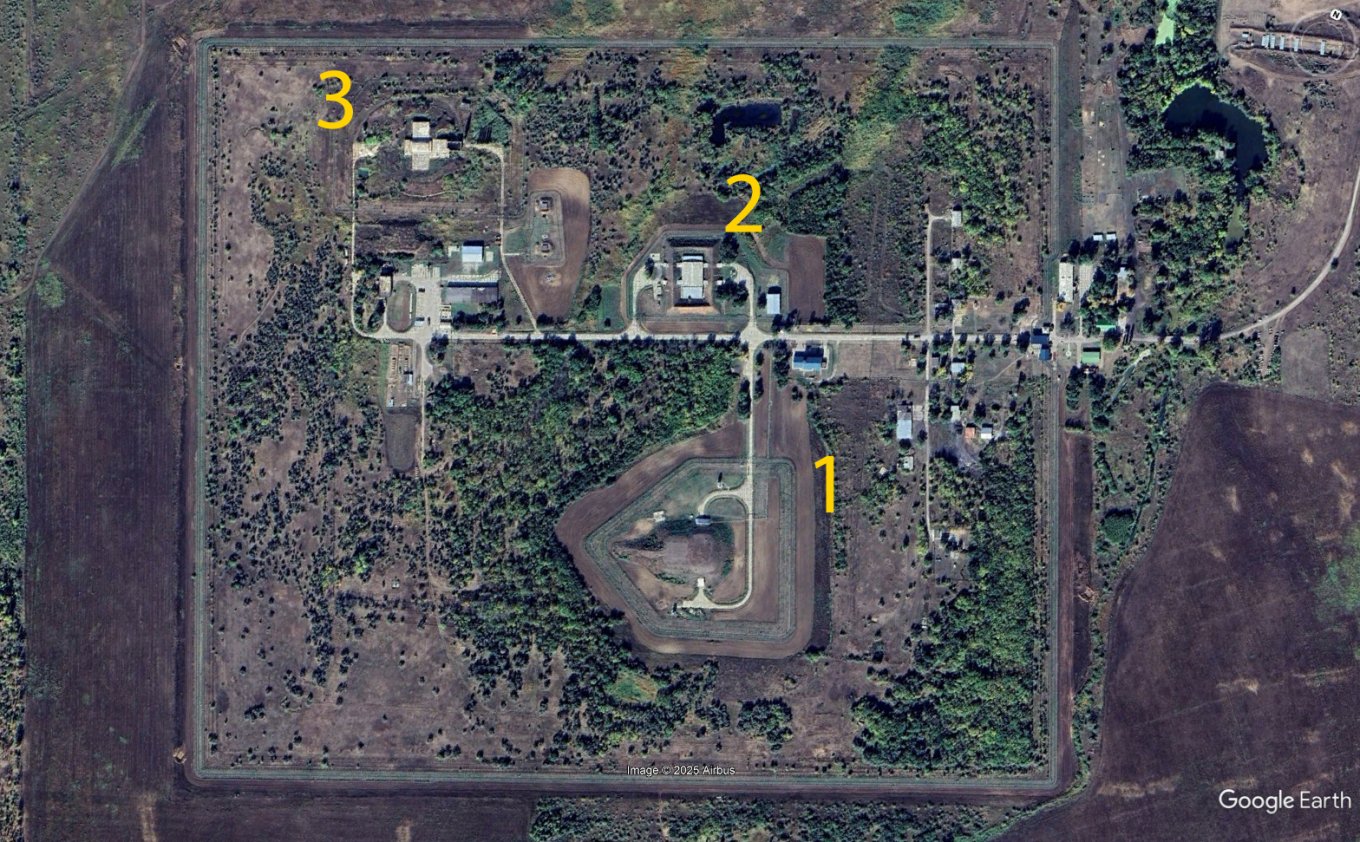
In the satellite photo above, number 1 points to the warheads storage and maintenance site; it features highly secure buried reinforced concrete structures. Three such locations are visible in the image. The largest one is most likely the nuclear ammunition dump.
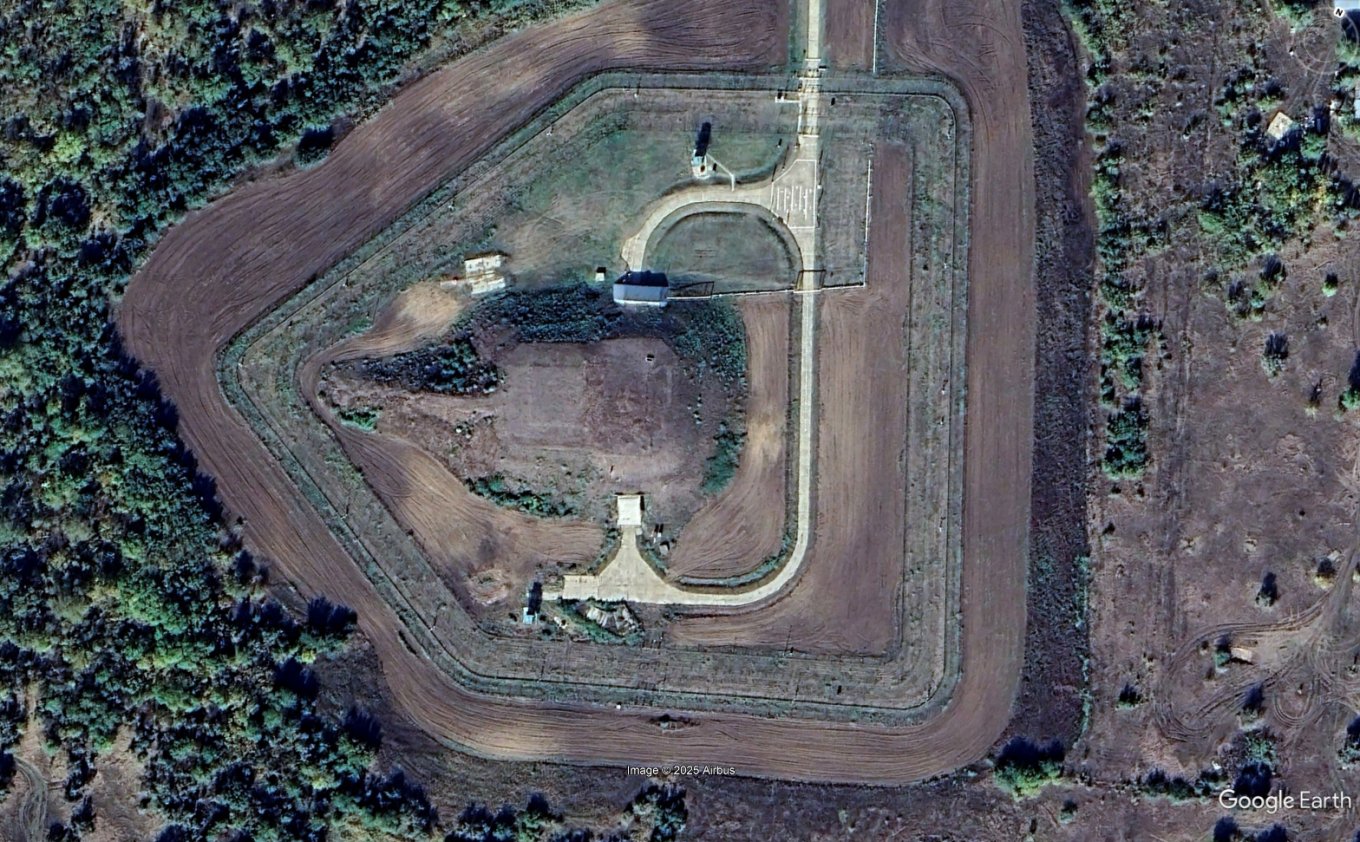
Number 2 marks a place that appears to be purposed for maintenance and/or preparation of warheads for use, or for their installation inside cruise missiles.
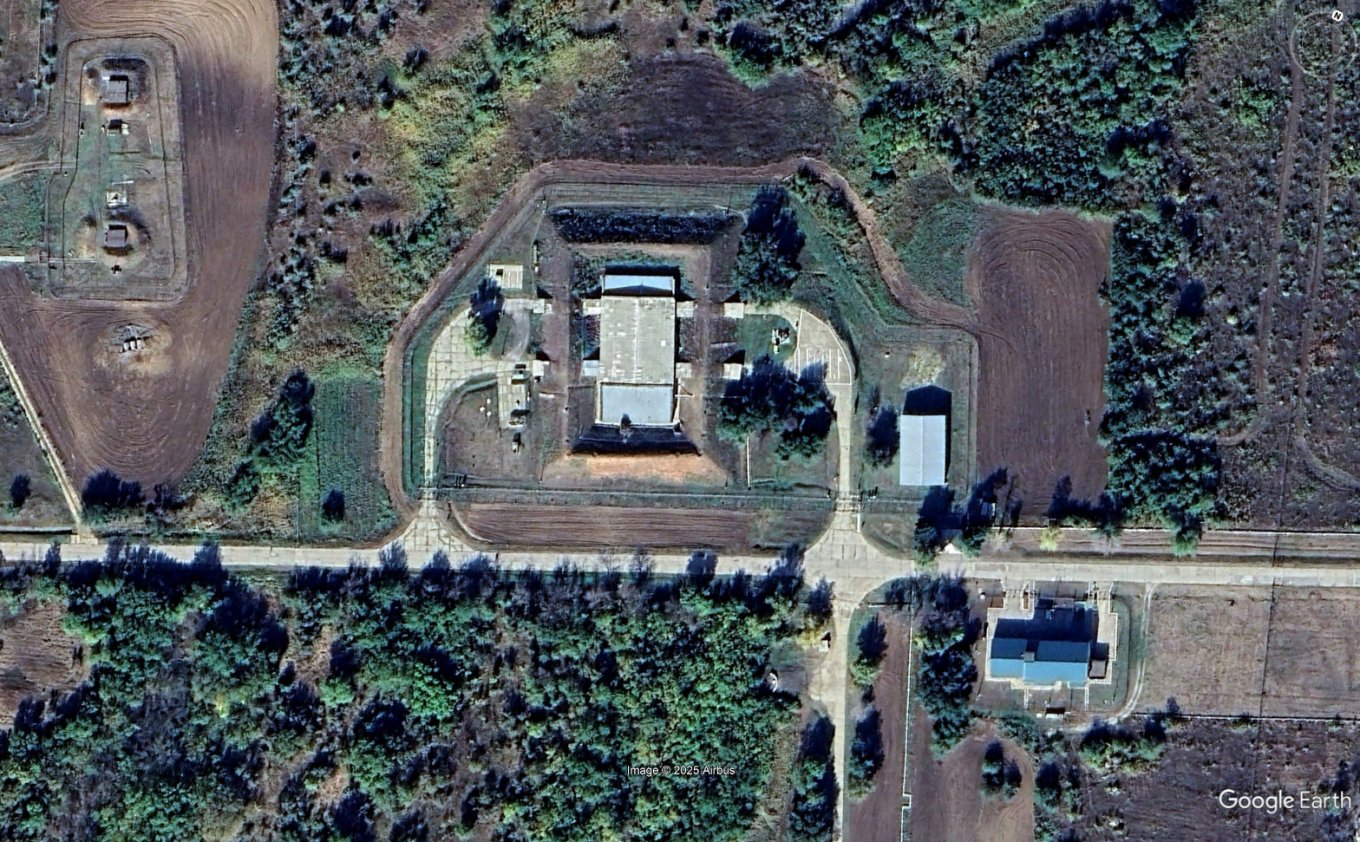
Meanwhile, the third site looks abandoned. In 2018, an overhaul construction began there, and they managed to build a dug-in concrete shelter. Best guess is that the works were aimed to rebuild storage premises, however, by the summer of 2019 the construction equipment was removed without completing the work.
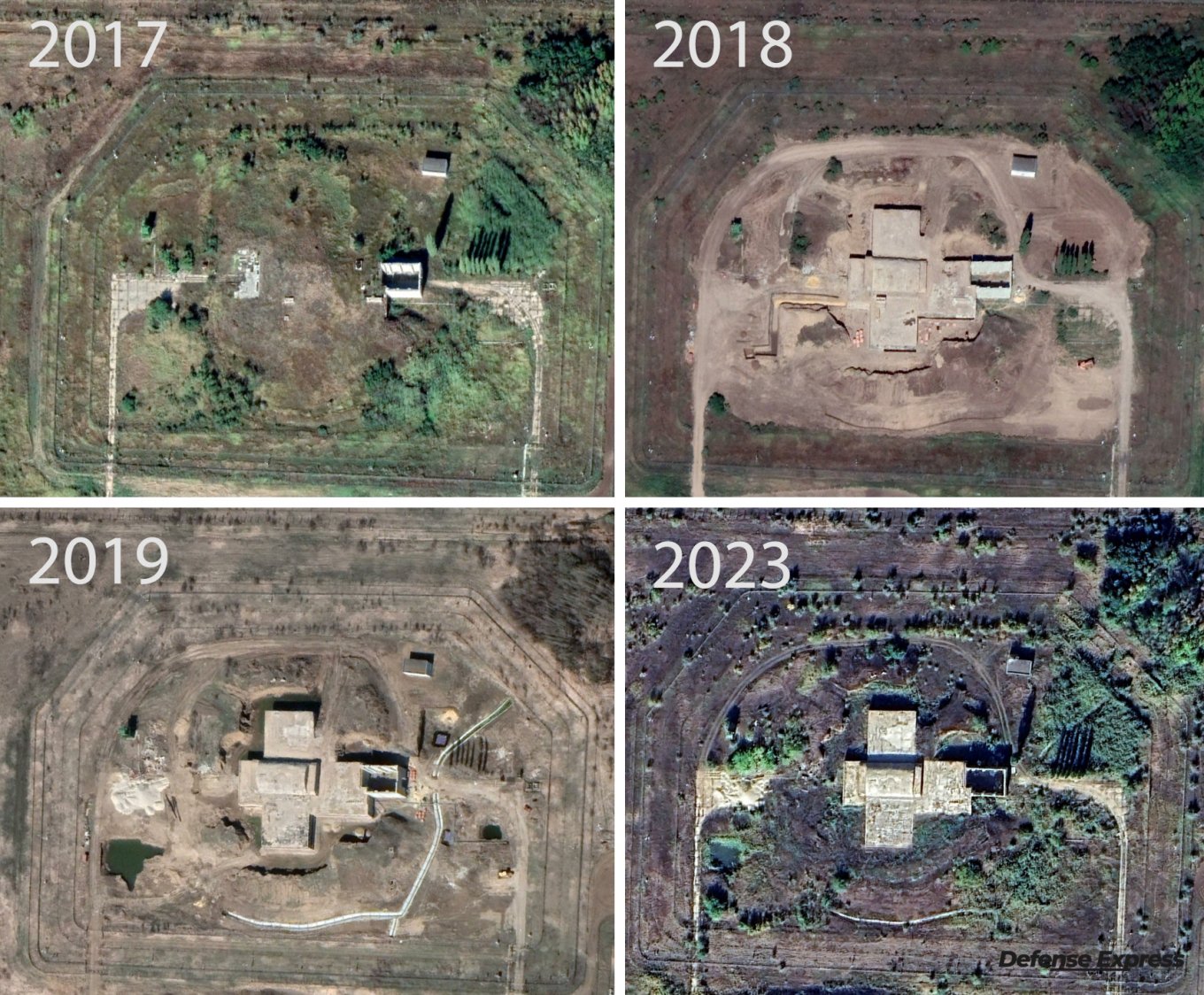
Worth adding, in total, more than 100 such Object S's were created throughout the USSR back in the day, and some of them remained on the territory of the former Soviet republics, while others were left without care by russia. That is why they became popular among diggers and were filmed from inside in quite detail.
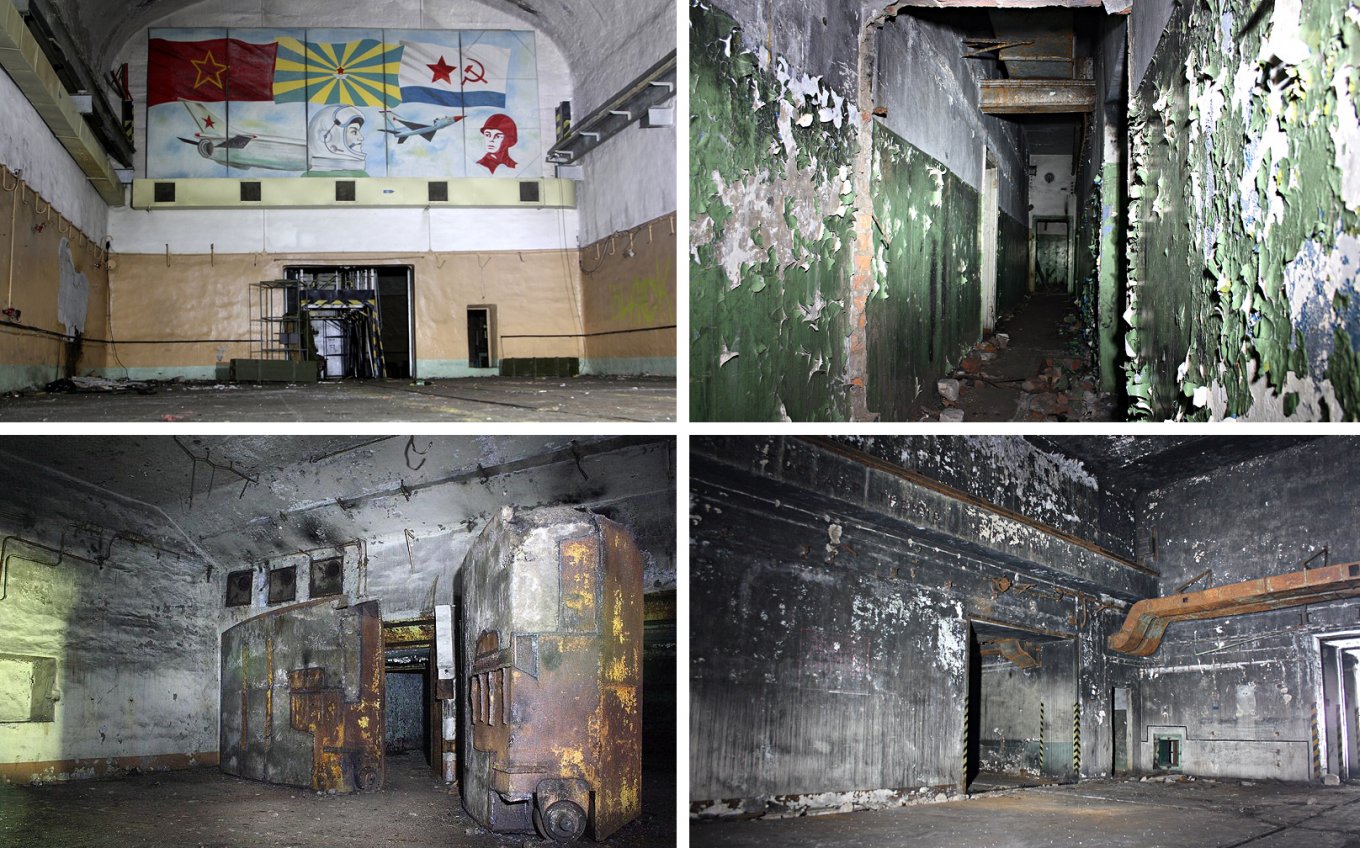
As these expeditions revealed, Objects are just underground shelters made of strong and thick reinforced concrete, with additional service and technical premises. A stable temperature and humidity level must be maintained, so the warehouses have powerful ventilation systems.
In practice, though, according to the recollections of servicemen who had jobs at such facilities, things like humidity levels could be ensured with an ordinary bucket of water. The tasks of transporting and joining nuclear elements with their carriers during exercises were worked out quite nominally, and whenever a sudden inspection arrived, the troops demonstrated inability to complete the drill.
Read more: Explosions at Engels Airbase Blow Out Caponiers, Leave Craters, But What About Missile Dumps




